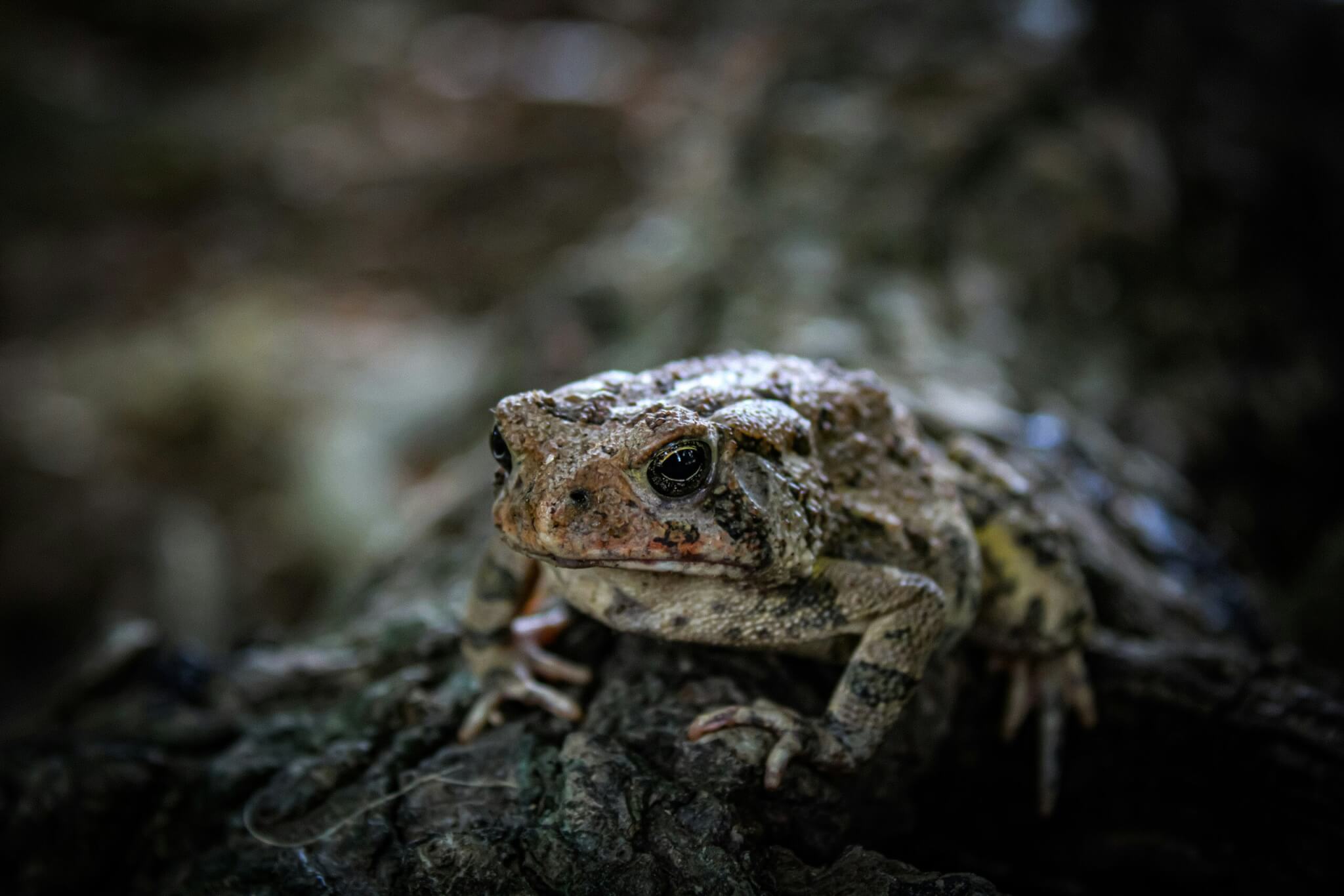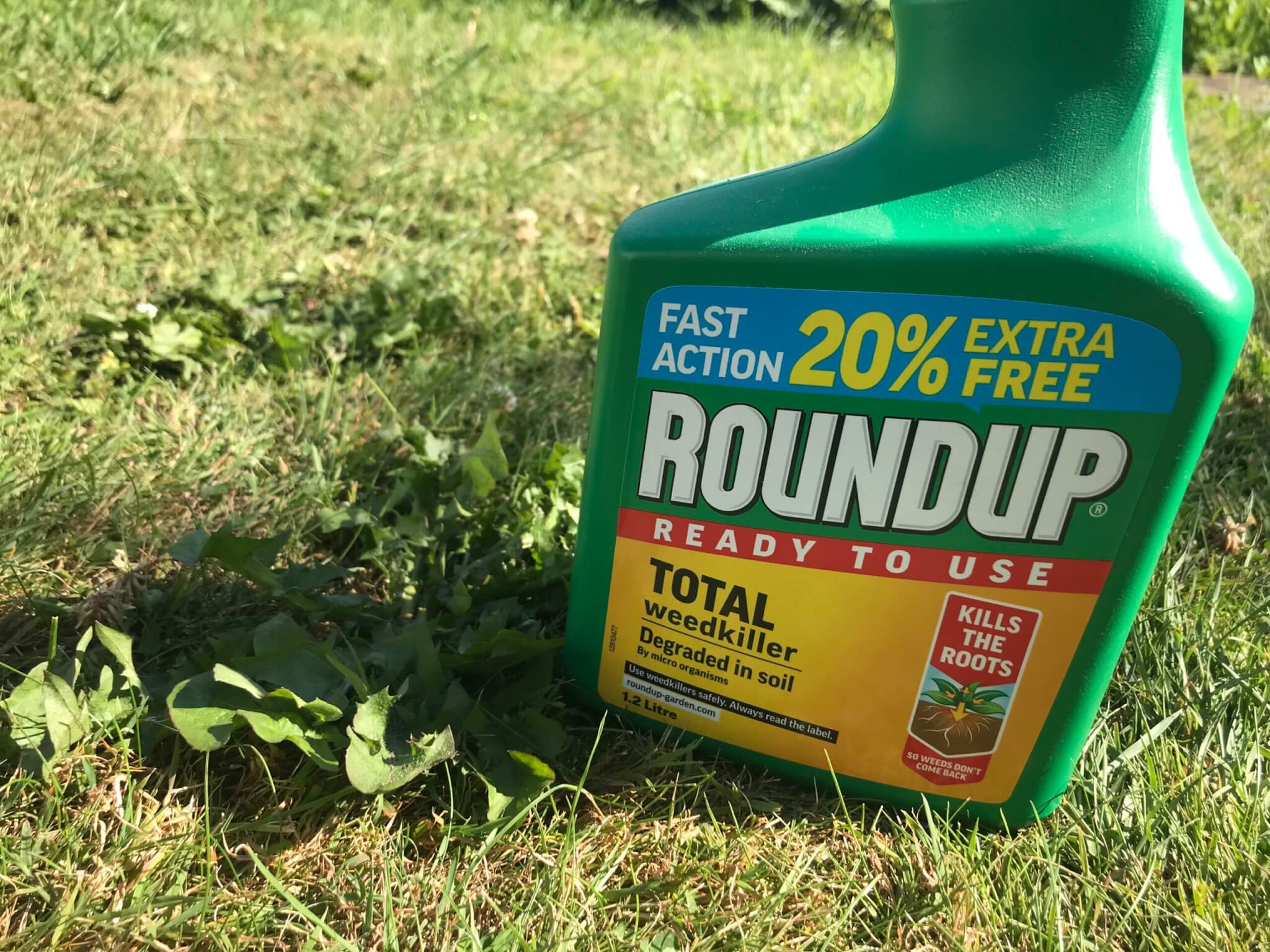A couple of years ago I asked for suggestions of less familiar vegetables you would like us to grow for your veg boxes. Among the more frequent suggestions were oca, purslane, turmeric, lemon grass, yukon, puntarelle, ratte potatoes, cardoons, some whacky tomatoes and cime di rapa. I’m a sucker for a challenge, so we have run growing and cooking trials on these vegetables and more. Inevitably most were flops; they didn’t grow, were too slow to harvest, they yellowed or wilted as soon as were picked or, if they grew, lacked culinary merit. I refuse to grow things on the basis of novelty alone; they have to taste good too.
Cime di rapa is looking promising and after a couple of false starts we think we might now have got the agronomy right (sowing date, spacing, soil, variety etc.); our first field-scale trial will be harvested this week. It is a staple winter green in southern Italy; sold in bunches in the markets, normally as it starts to flower. It is very succulent with a slightly lemony bitterness and is classically sautéed with garlic and chilli, and tossed through pasta or served as a side green. Meanwhile in our third year of trials we are still struggling with the Peruvian tuber oca (Oxalis tuberosa). It is closer to a yam than a potato, tastes pretty good, is said to be easy to grow in our climate but seems to miss home; despite having seen it growing happily halfway up a Welsh mountain we have twice failed to get an economic yield ourselves. Thinking it needs more heat and less rain we are now growing it in France with more success. Don’t hold your breath though; the yield will be tiny this year with just a few hundred kilos available on the extras list in November, but we are hoping to go large next year.
Cardoons have proved easy to grow and I am slowly winning our restaurant teams over to cooking them; they need just the right combination of growing expertise to minimise bitterness and toughness, paired with the right techniques in the kitchen. I love them but acknowledge they are too out there to risk putting in the boxes, but they will occasionally be on the extras list. We send the flowers as a freebie in the boxes now and then, and have started drying the flower stamens to grind into a vegetarian rennet substitute. We ate the first cardoon cheese last week; who knows, we may even get a herd of milking sheep.












0 Comments